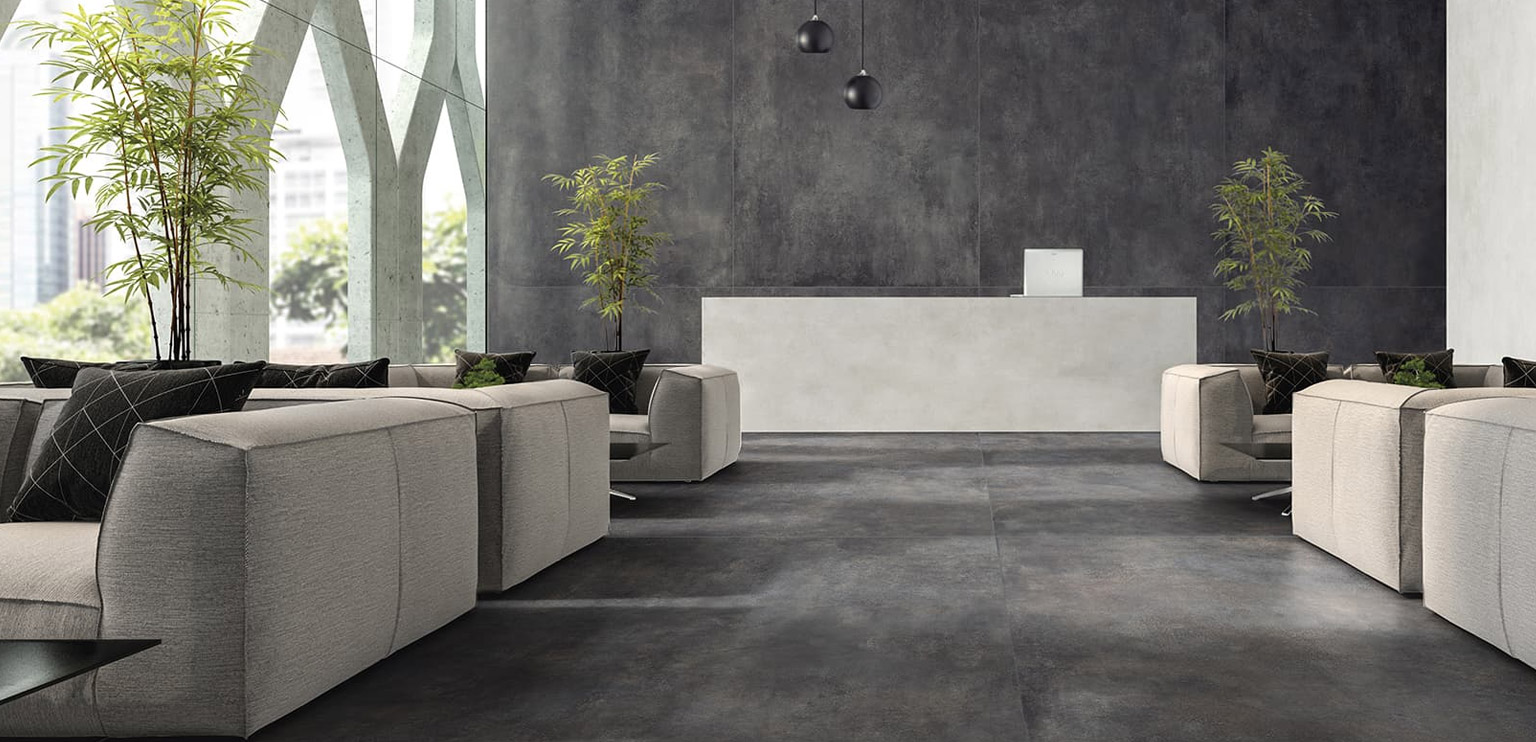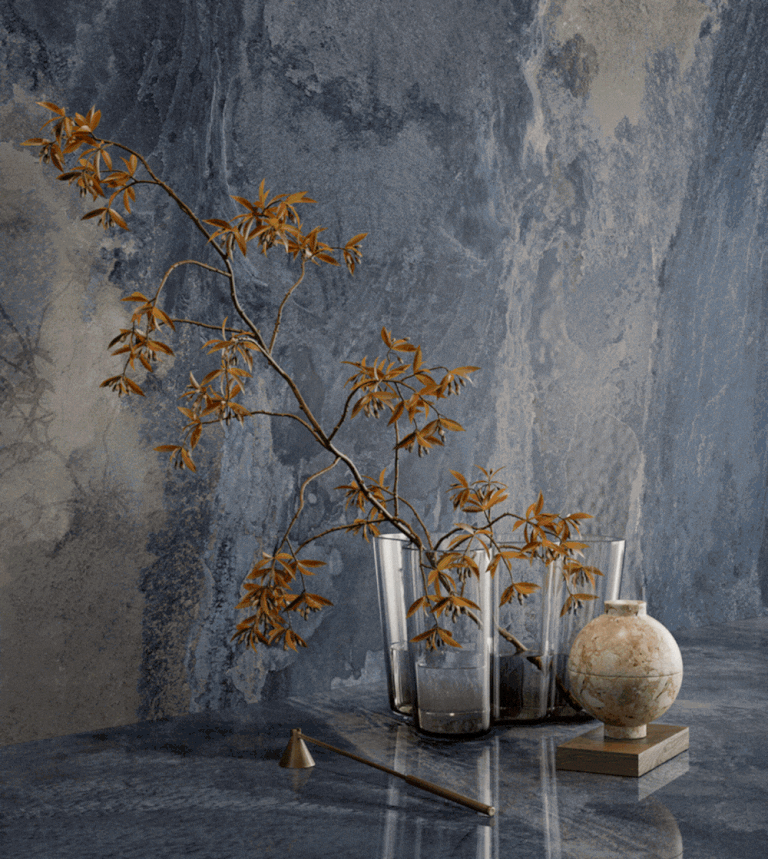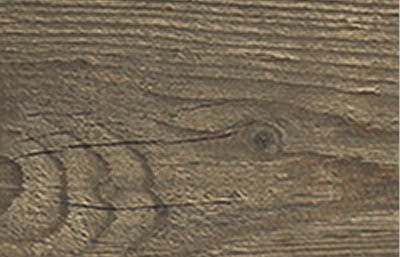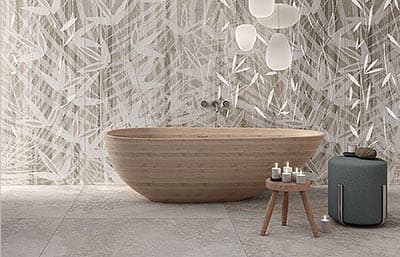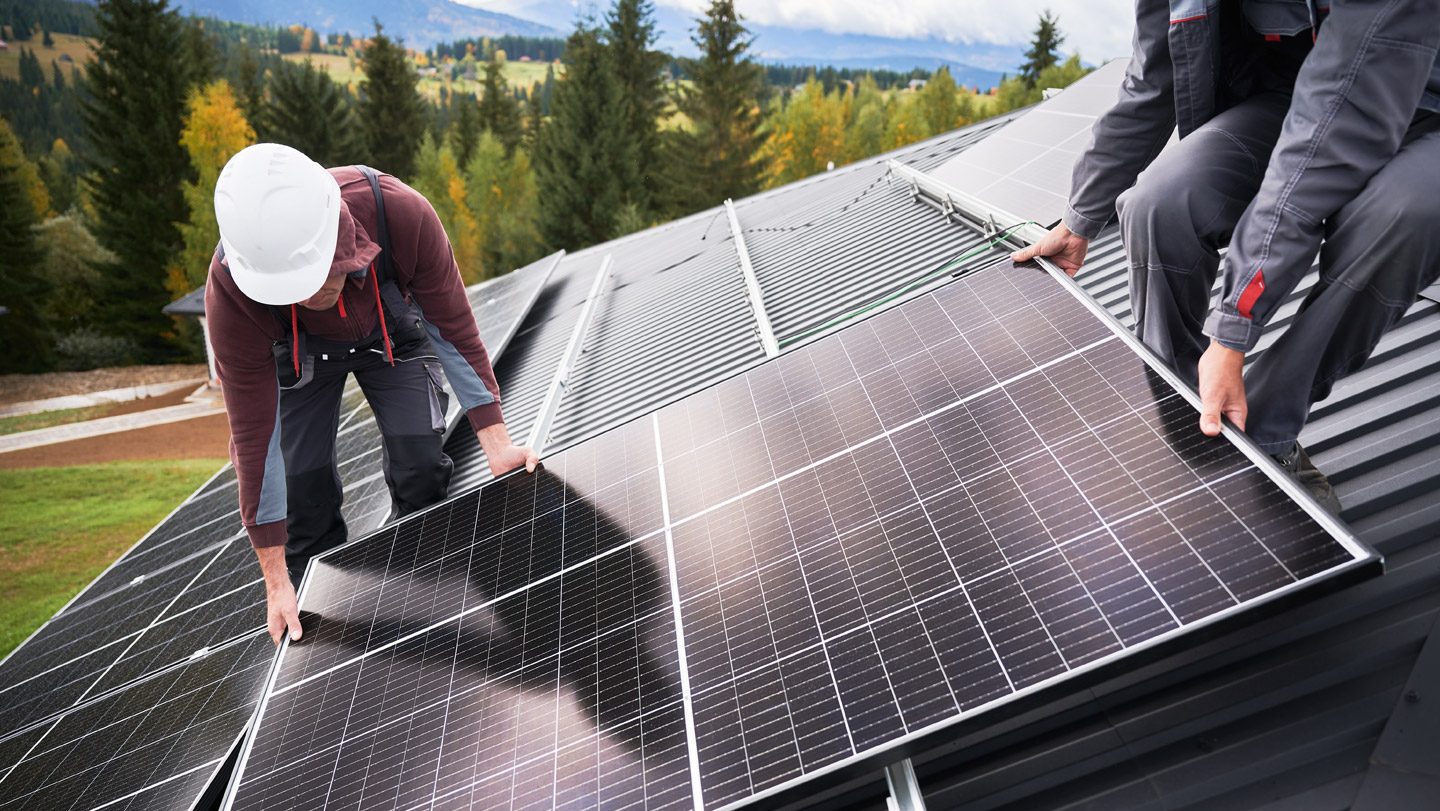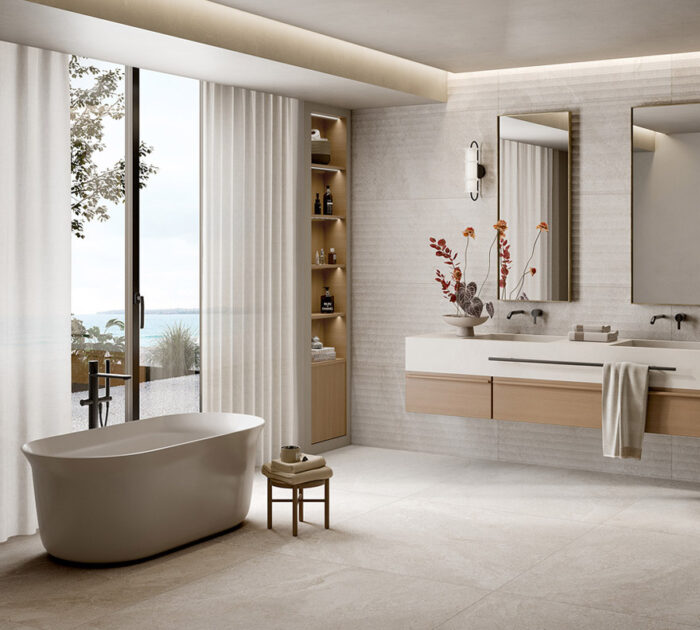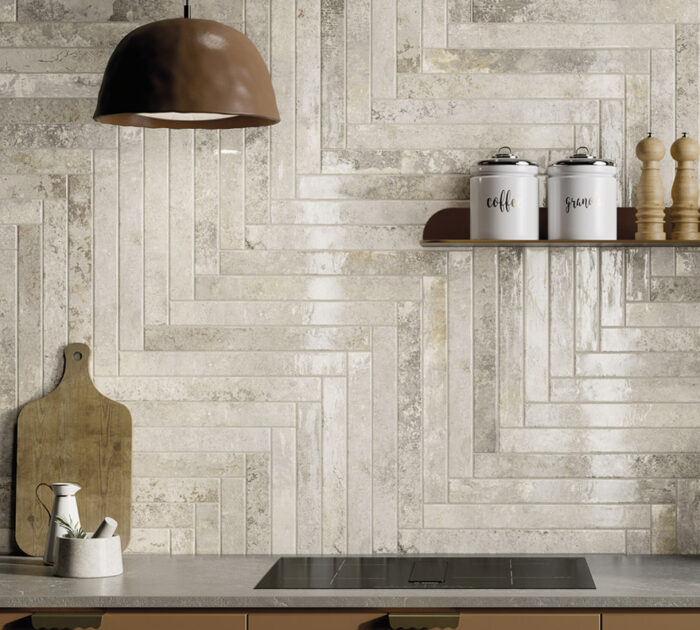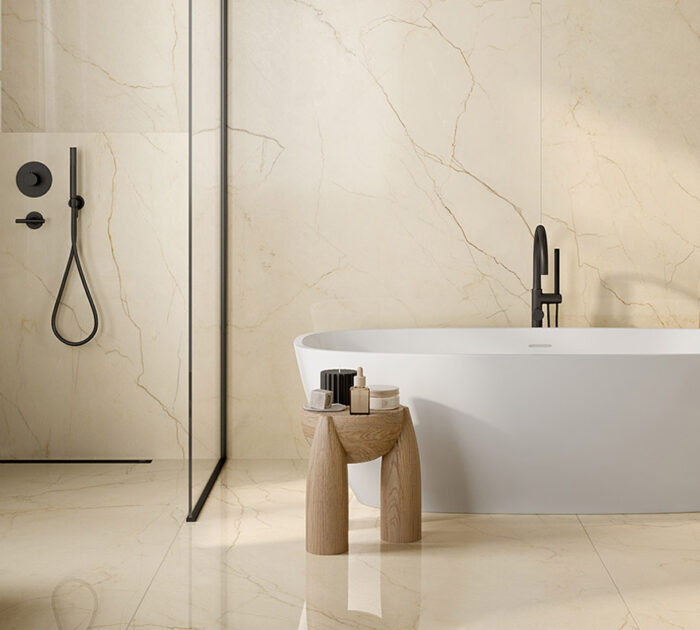How to Create
a Sustainable Home
Choosing a sustainable home as your residence means embracing a true low-impact lifestyle, adopting a series of practices that minimize environmental impact, improve energy efficiency, and promote the use of eco-friendly materials.
Sustainable Home: A Low-Impact Lifestyle
When talking about sustainable homes, green building is a fundamental approach to constructing houses that respect the environment. Using natural materials and eco-compatible construction techniques significantly reduces the energy required for both the construction and maintenance of the building. This methodology is based on principles of sustainability, energy savings, and residential well-being.
Sustainable homes are designed to maximize energy efficiency through the use of natural insulation, solar panels, and rainwater harvesting systems. The implementation of solar shading then helps regulate the indoor temperature, thus reducing heating and cooling costs.

Passive Houses and NZEB (Nearly Zero Energy Building)
Passive houses and NZEB (Nearly Zero Energy Building) structures represent the cutting edge in low-impact environmental building design. A passive house is designed to maintain a comfortable indoor temperature without the use of conventional heating or cooling systems. Such results can be achieved through excellent thermal insulation, airtightness, and the use of high-energy-efficiency windows and doors.
NZEB buildings, on the other hand, are designed to have nearly zero energy consumption thanks to renewable energy sources. These buildings produce as much energy as they consume, making them a perfect and concrete example of sustainability. The combination of advanced technologies and intelligent design allows NZEB buildings to offer residential comfort without compromising the environment.
Advanced Thermal Insulation
Applying external thermal insulation with natural materials such as wood fiber or cork can significantly improve the energy efficiency of a modern home. This type of insulation reduces thermal dispersion, keeping interiors warm in winter and cool in summer.
Natural Ventilation Systems
Natural ventilation systems are essential because they allow for maintaining good indoor air quality without the use of electrical energy. These systems take advantage of the natural movement of air to ensure a constant flow of fresh air.
Rainwater Harvesting and Reuse Systems
Implementing a rainwater harvesting and reuse system is another key aspect of making a home sustainable. This system allows rainwater to be collected from roofs and reused for various purposes, such as garden irrigation, toilet flushing, or cleaning outdoor spaces. This reduces the consumption of potable water and helps conserve a valuable natural resource while also lowering water bills.
Eco-friendly Furniture and Ecodesign
Eco-friendly furniture and ecodesign are essential components of a modern green home. Both approaches encourage the selection of recycled and natural materials to minimize environmental impact. For example, furniture made from FSC (Forest Stewardship Council) certified wood ensures that the wood comes from sustainably managed forests.
Ecodesign, in any case, is not just about materials but also the lifecycle of products. Furniture and materials designed to last and be easily recycled at the end of their useful life help reduce waste and the use of natural resources. In the latest generation of sustainable homes, the use of low-VOC (volatile organic compound) paints and finishes improves indoor air quality, making daily life healthier.
Use of Porcelain Stoneware
Blending modern design and sustainability is entirely possible: the use of materials like porcelain stoneware, durable and low-impact combines beauty with eco-friendliness. Porcelain stoneware is an extremely versatile material, perfect for both flooring and wall coverings. Thanks to its resistance and durability, it requires little maintenance and has a long lifespan.
LA FABBRICA AVA offers solutions available in a variety of finishes and colors to ensure the creation of contemporary and elegant designs without compromising sustainability.
Green Roofs and Roof Gardens
When possible, installing green roofs or roof gardens helps improve the building’s thermal insulation, reducing heat absorption and providing additional green space. Green roofs also help manage rainwater, reducing the risk of flooding.
An often overlooked aspect is the exterior cladding of buildings. Using durable, low-impact materials for outdoor cladding also contributes to energy efficiency. Porcelain stoneware is weather-resistant and has a high thermal insulation capacity: these characteristics allow the building to be protected against temperature variations, reducing the need for additional heating and cooling.
Why Choose Porcelain Stoneware
Porcelain stoneware is an excellent choice for those who want a visually appealing, long-lasting, and sustainable material. It is extremely durable and easy to maintain, and its longevity reduces the need for frequent replacements, thereby minimizing environmental impact.
